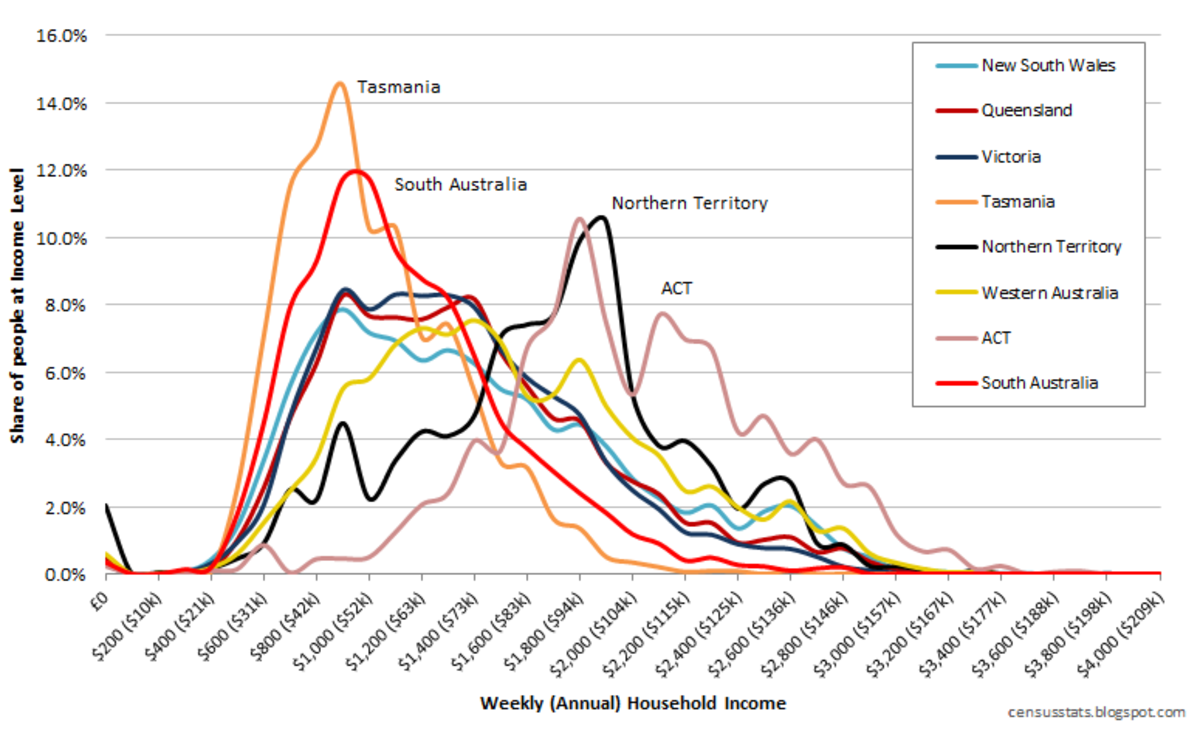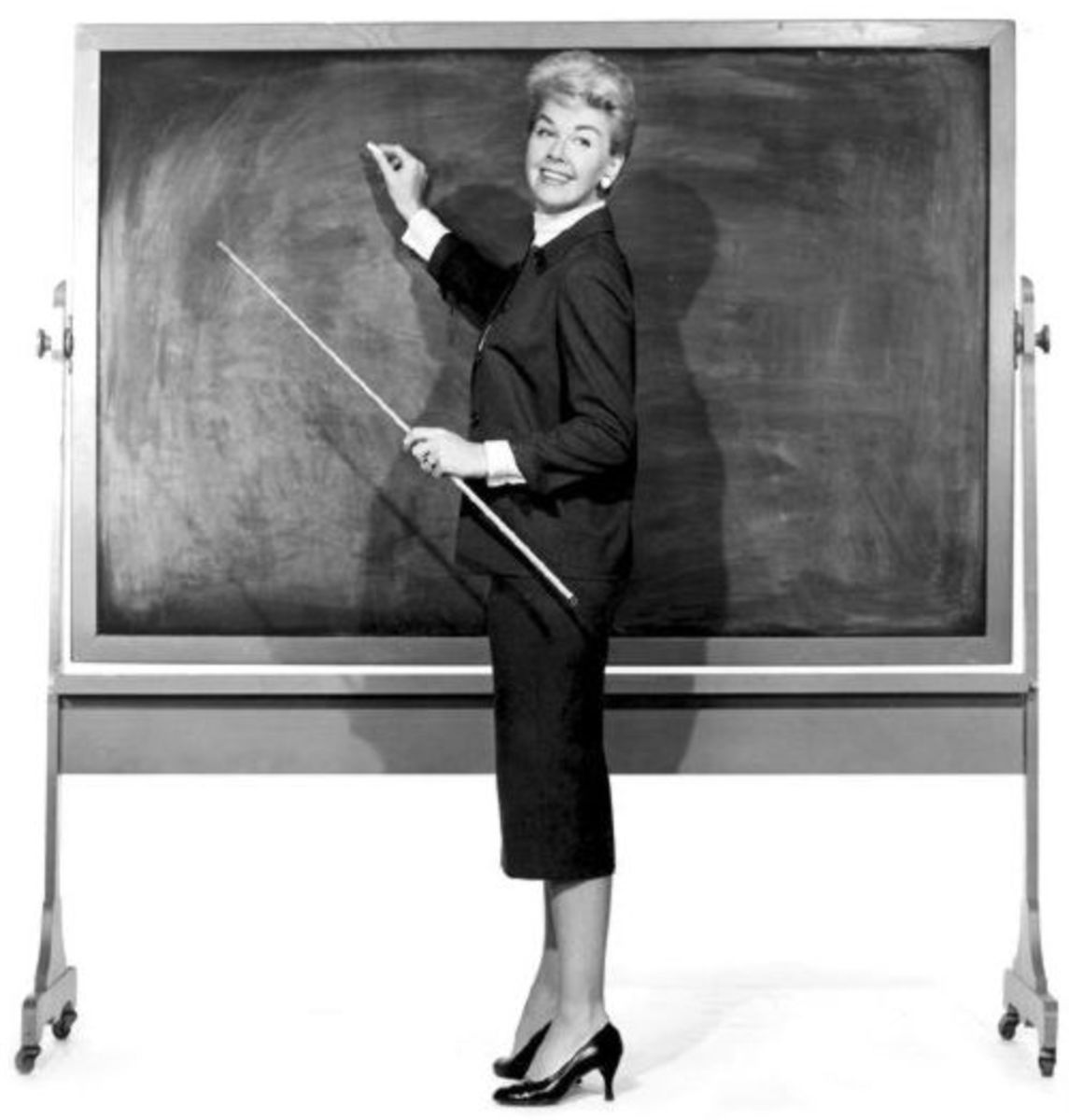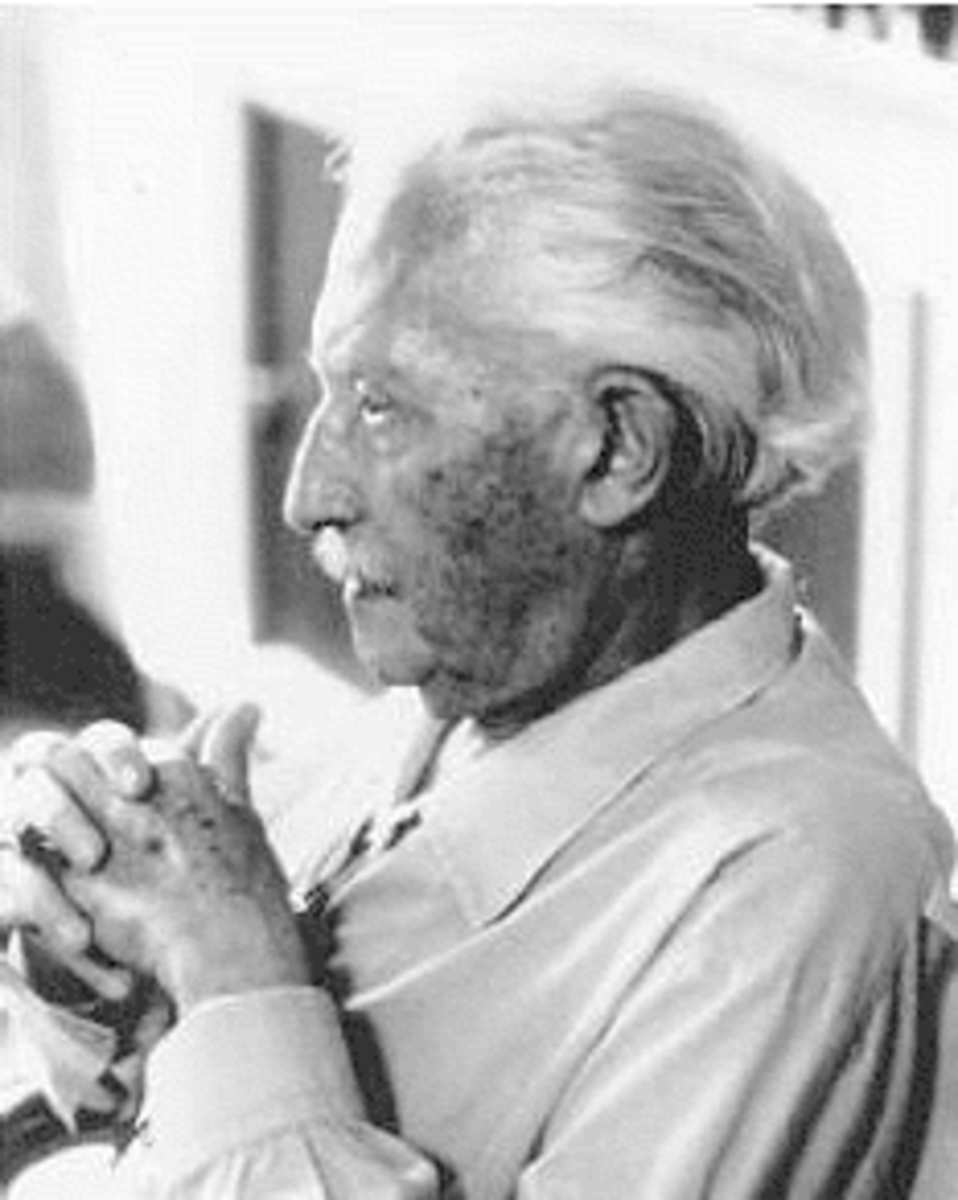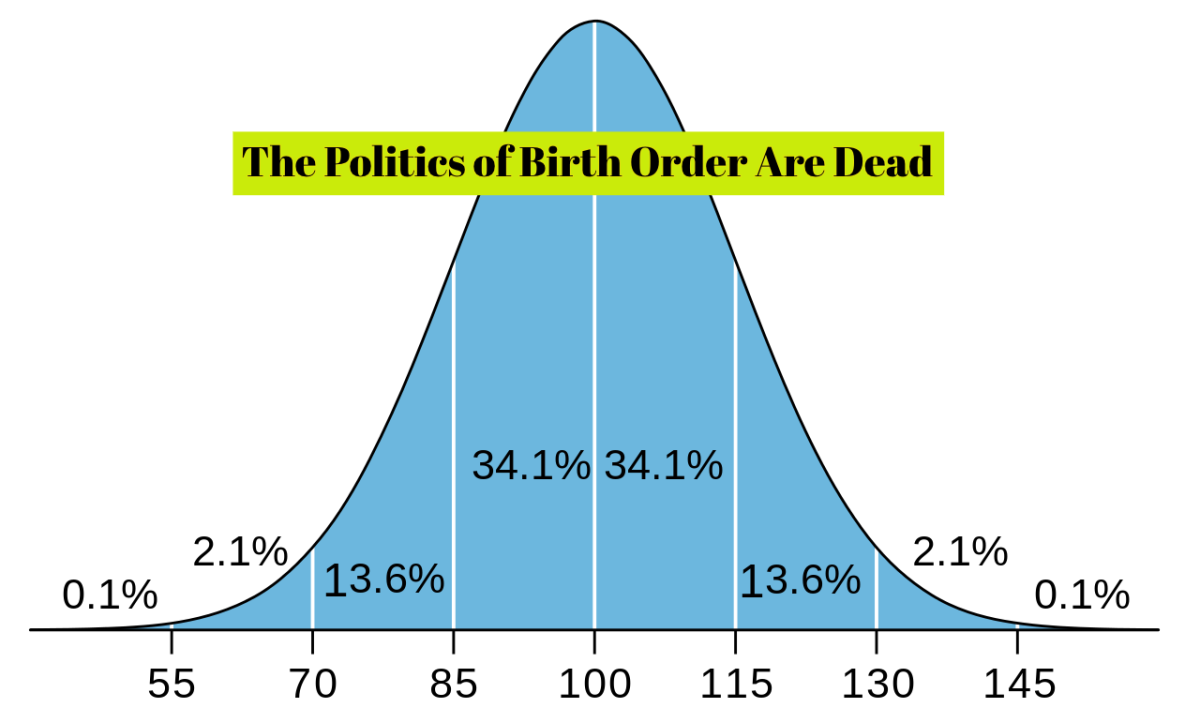Developmental Changes and their Connection to Age

As humans progress in age, they gradually face developmental changes. Whether it is a continuous process or a series of discrete stages, development is characterized mainly over time. Although a vast majority of development is steered by genes, growth and development also focuses on experiences and changes people undergo throughout their life. With the interviews, it was surprising to see how certain age groups responded to different questions about development and age.
For example, regardless of age group, mostly all cases agreed on the fact that the ideal age to be in the cycle of life from birth to death would be around the early twenties. Typically, one would think that the two age groups younger than twenty (5-10 & 11-18) would think that the ideal age to be would be around their own age, considering the fact that they haven’t experienced the age of being twenty-one yet. This analysis supports Piaget’s theory; saying that children actively construct new understandings of the world based on their experiences. When children start to go through the adolescent stage, they search for a unique and more personally fitting identity; resulting sometimes in acquiring new personality traits formed by the culture and environment around them. As people evolve through gradual changes developmentally, many characteristics will change with time. Human beings will, however, maintain certain personal characteristics such as temperaments.
The question of what is the worst age to be, and why received much different and less uniform answers among the age groups because much of our development can be attributed to our experiences, meaning it is continually happening. As we age and develop, our ability to sympathize with others, and think of others’ feelings changes. This was evident in the interviews as it seems that the older the interview subject, the more he or she was realistic and able to put himself or herself in another person’s shoes (or a younger version of themselves).
Older subjects thought about their own life experiences and usually came to the conclusion that the 40-65 year range is the most difficult part of one’s life. The younger subjects were, on the other hand, only really able to think back one year to what it was like to be four years old. Interestingly, in looking at the youngest and oldest interview subjects, one can see mental aspects of the youngest in the oldest. Further, there is still a child-like desire to have fun and enjoy life found in people that are 65 and over, but physical inabilities as well as mental development may prevent them from expressing it in the way that a 5 year old might. For example, acquired maturity would lead a person to contain the urge to jump up and down when they see a friend (which would be more typical of a 5 year old).
The idea of a limited view of age also affected the younger interview groups in the question how old do you feel because they don’t know what it feels like to be older. A couple younger subjects said they feel around the same age that they are physically; while one subject in the 40-65 age group said they feel 21 because the subject considers himself to still be rather physically and mentally fit. It makes sense that the range of answers would become larger with the increase of the subjects age mainly because of accordance with Piaget’s theory. Children, as well as those in the adolescent phase, are still constructing their views of the world and people around them based on experience. In the grand scheme of the experiment, lack of experience equals lack of range in responses.
When presented with the question of when does old age begin, however, most of the subjects were hesitant to answer. They viewed it as more of a “right or wrong” type of question and they didn’t want to mess it up, but one 5-10 age group subject had no problem when blurting out the number “twenty-four” because “twenty-four is a big number.” He answered using his own personal logic that develops during this time. Erikson’s stages of psychosocial development suggest that subjects in this age group are struggling with either initiative vs. guilt or industry vs. inferiority.
When asking the interview question of when old age began, age groups 11-18 and 19-40 had similar answers to each other. The first age group case answered “sixty-five, people get gray hairs at that age,” and the second age group case answered “sixty, because the body starts to deteriorate.” These two answers represent a very clear, rational thought process. It’s demonstrating a very physical and tangible way of viewing old age. It began when the subjects could see physical changes that to them, were representative of that of an elderly person.
The age 40-65 subject gave an answer of “eighty, because people are living longer now; people are healthier.” This subject took it in a way which suggested that her age group, while containing the ages of 60-65, was no longer to be considered “old.” While adolescents and young adults viewed 60 as being old, the subject who was closer to 60 tried to be introspectively positive, as Erikson predicted. The subject also used a logical approach, but in a more personalized way. The subject fits into Erikson’s generativity vs. stagnation stage, where one feels as though they need to do things to “make a difference.”
The age 65+ age group subject said that old age began “In your seventies; your life is about over by that time; you’ve accomplished everything you’ve wanted to.” This particular subject is almost eighty, so he views himself as already being in old age. In Erikson’s stages, he fits into the integrity vs. despair issue, and his answer reflects on that perfectly. He demonstrated a more abstract approach to this question, suggesting that old age was relative to how the person’s life was lived.
These answers represented a definite change throughout the stages, but still a general stability in personal traits. Though across the age different groups, the general, average traits seem to stay the same. Ages 11-18 and 19-40 had similar answers and while the answers to the specific questions changed, there was a general view that held true between subjects. Comparing different subjects directly wouldn’t be completely accurate, but can be compared to be mostly similar. This suggests that Erikson’s stages of psychosocial development held true, and the theory of discontinuity had been proved. It also shows that stability is what was more apparent in this particular question, rather than diversity through acquired new traits.








